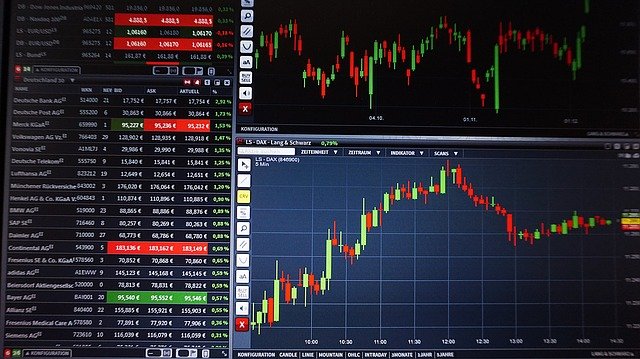The S&P 500 confirmed Monday that it had fallen into a bear market, at least according to one popular metric. What, exactly, does that mean?
Here’s a breakdown on the bears and the bulls — and the criteria used to describe up and down markets.
What happened?
The S&P 500 SPX, -3.88% fell 151.23 points, or 3.9%, Monday to finish at 3,749.63, its lowest close since Jan. 29, 2021. More important, for market taxonomists, the finish was 21.8% below its record close of 4,796.56 on Jan. 3. That’s key, because a bear market is popularly defined as a drop of at least 20% from a recent peak.
See: The S&P 500 just confirmed a bear market: What investors need to know
So does that mean a bear market began Thursday? No. This is where it can get a little complicated.
According to the market-dating criteria used by Dow Jones Market Data, Thursday’s finish means that the pandemic bull market ended and the bear market began with the Jan. 3 record close. In other words, Thursday’s close instead confirmed that the large-cap U.S. benchmark has been in a bear market since almost the beginning of the year.
To be sure, the criteria used to mark bull and bear markets is arbitrary. There’s no universal system. For more detail on other approaches, take a look at this archived article that examined a controversy over the start date of the post-financial-crisis bull market that died in 2020 with the onset of the COVID-19 pandemic market plunge.
When does a bear market end?
The end of a bear market is confirmed when an asset rises at least 20% from a recent low.
In other words, the S&P 500 wouldn’t exit the bear market by merely moving back within less than 20% of its Jan. 3 finish.
And again, the end of the bear market and the start of the new bull market would be backdated to the date of the low.
Why bulls and bears?
There’s a lot of market lore around the origin of the terms bull and bear, which remain rather murky.
One of the more often used explanations is that a bull on the attack swipes its horns upward, while a bear swats downward with its paws.
According to the folks at Merriam-Webster, however, it was the bear that arrived first, making its appearance in terminology around the time of the South Sea Bubble in the 18th century.
They noted a proverb advising that it wasn’t wise “to sell the bear’s skin before one has caught the bear.”
“By the 18th century, the term bearskin was being used in the phrase ‘to sell (or buy) the bearskin’ and in the name ‘bearskin jobber,’ referring to one selling the ‘bearskin,” the dictionary site said, noting that “bearskin” was quickly shortened to “bear” and was applied to stock being sold by a speculator as well as the speculator selling the stock.
According to this explanation, the term “bull” came later to refer to a speculator buying a stock in anticipation of its rise — a term that was seen as a “fitting alter ego to the bear,” according to Merriam-Webster.

